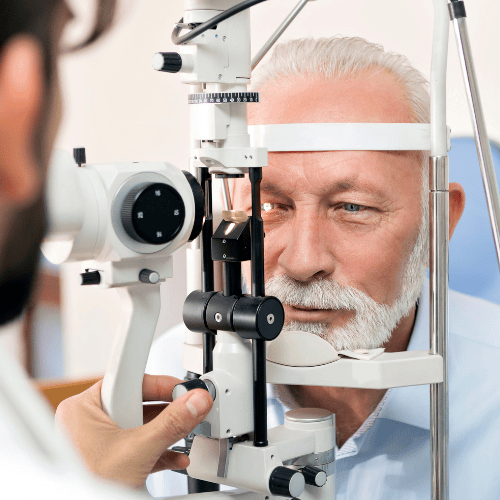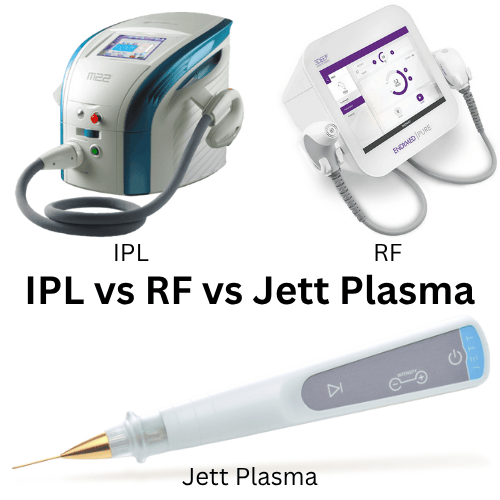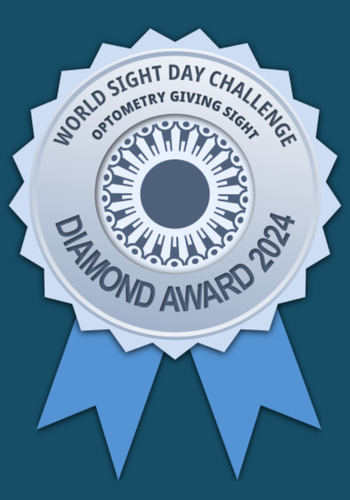Sun Protection Critical To Maintaining Healthy Eyes and Clear Vision – Sunglasses and Transition Lenses
Ultraviolet radiation (UVR) is harmful to your eyes. Short term exposure to UVR can cause photokeratitis (an actual sunburn on the cornea) which can be painful and lead to infection. Longer term exposure to UVR has been shown to contribute to other forms of eye disease such as cataracts and macular degeneration. Certain types of medications are “photosensitizing”, meaning they will increase the risk of damage from UVR. In the Calgary area, our eyes are at greater risk for UVR damage versus other areas of Canada due to our altitude – the thinner atmosphere means a higher degree of UVR penetrating through to ground level.
The good news is that UVR damage to your eyes can be limited, simply by protecting your eyes from the sun. Think of sunglasses as “sunscreen for your eyes”.
Choose designer sunglasses that offer the best protection for your eyes. Depending on the ways you use your eyes outdoors, your risk for UVR will vary. For example, surfaces such as water, snow and pavement are highly reflective, giving you almost a double-dose of UVR. The length of time you spend outdoors, the time of day you are outside and the type of activity are all factors to consider when choosing sunglasses. Don’t forget about your vision performance through sunglasses – there are a variety of different tints, coatings, and treatments designed to optimize your vision, contrast, and focus for your chosen activity. Our professionals will work with you to find out what types of outdoor activities you enjoy to find the perfect pair of stylish sunglasses that meets your needs. Of course, the sunglasses you choose need to be comfortable and make you look great also!
There are also treatments available for your regular glasses that provide UVR protection. The one recommended most by our doctors is Transitions brand lenses. These lenses block virtually 100% of UV radiation, while giving you the convenience of automatically darkening in accordance with outdoor light levels. There are different types of Transitions lenses* which our doctors prescribe based on the type of activities and level of darkness you require in your lenses. Transitions lenses may not be suitable for all activities – speak to one of our doctors about them during your next visit.
Give us a call at Cochrane or NW Calgary (Crowfoot) , or request an appointment online. We look forward to discovering the best solutions for your eye health and delivering the eye care experience you deserve.
Dr. Tom Wilk Mountain View Optometry
* Transition lenses are photochromic. The chemicals in the lens undergo a molecular structure change in the presence of light. This results in darkening (usually black or grey) the lens. The process is reversible and will clear up once the light exposure ends.











